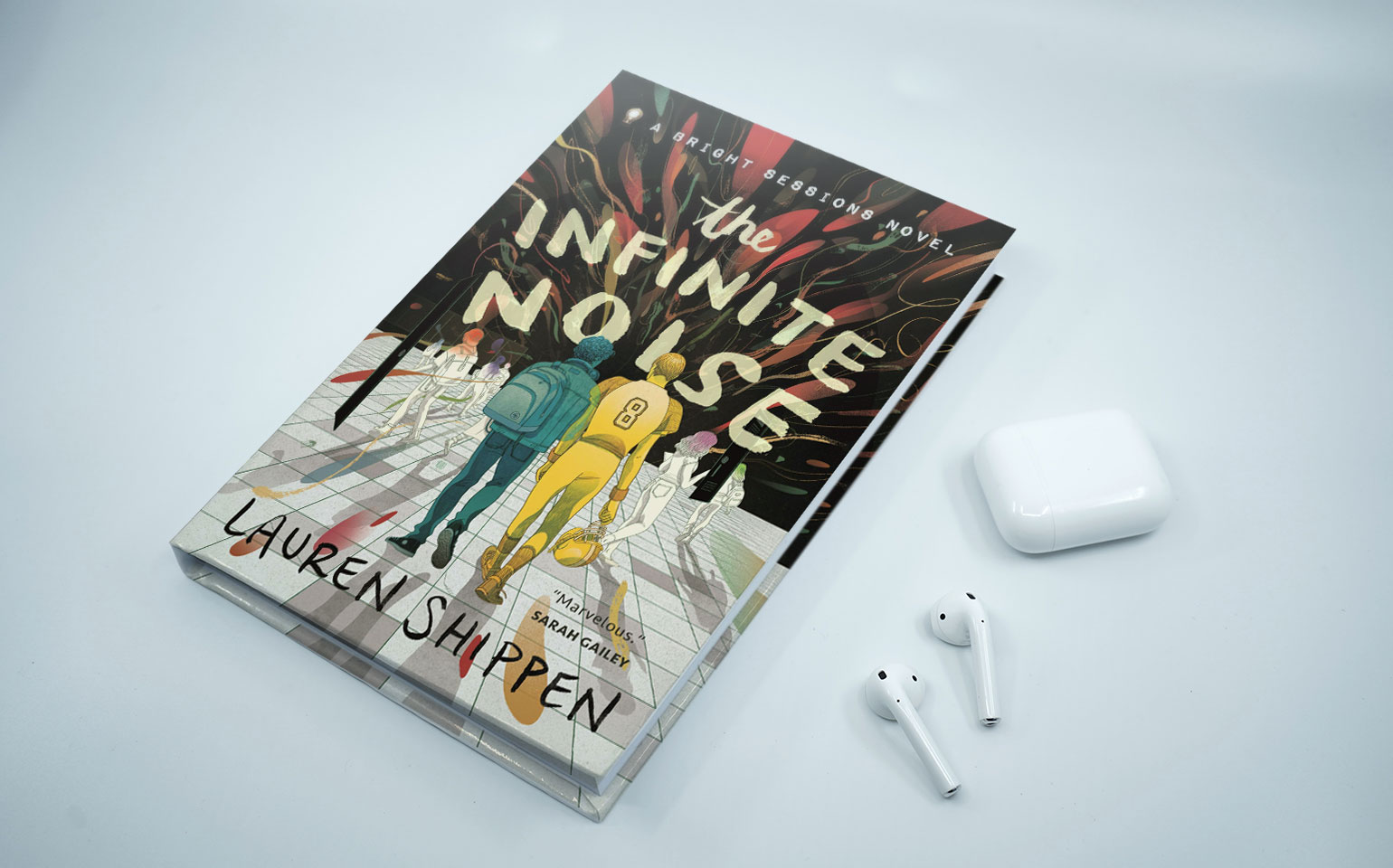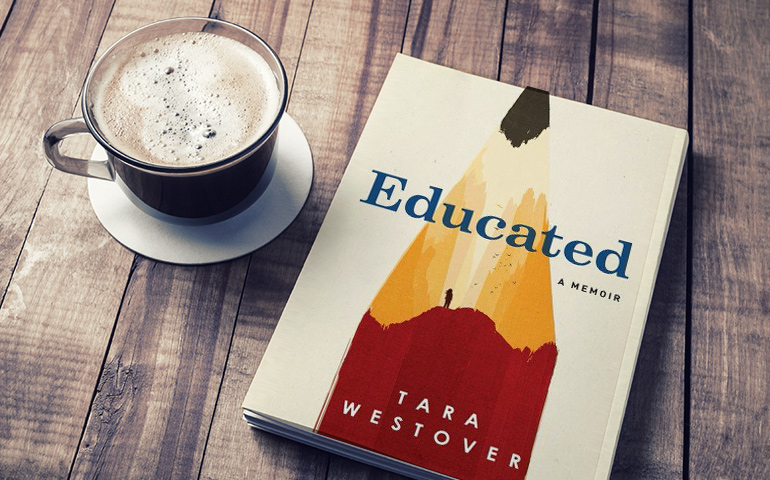
The Infinite Noise: How Fantasy Can Make Reality More Approachable
I discovered The Infinite Noise by Lauren Shippen through the podcast The Bright Sessions by the same author. The Bright Sessions is an audio drama about Dr. Bright, a therapist for people with atypical abilities. I started listening to podcasts because I was in a bit of a reading slump but couldn’t give up my love of fiction. When I discovered the author had written a novel focused on my favourite character Caleb Michaels, I knew I had to read it regardless of my waning attention span for books. Lauren Shippen makes heavy topics easy to read about by looking at them through the lens of superpowers. Her compelling writing in combination with my existing love for the world she built led me to finish the novel in two days. An impressive feat considering I hadn’t finished a book in the past two months.
The Infinite Noise is a young adult novel about queer identity and mental health. The novel revolves around the relationship of Caleb Michaels and Adam Hayes and the connections they have to those around them.
Caleb Michaels is a seemingly average teenager. He’s well liked, struggles with school, and is trying to figure out his identity. What sets Caleb apart is his new-found and uncontrollable ability to experience the feelings of everyone around him. Adam Hayes is more of an outcast than Caleb. He’s at the top of his class, but the bottom of the social hierarchy. More than once, Adam describes himself as a “depressed gay loser.” When Caleb develops his abilities, he’s pulled into Adam’s world because he notices Adam’s constant sadness. Caleb struggles with emotional regulation due to his power and Adam’s depression. The different ways the boys struggle with mental health highlight how similar they actually are.
Atypical abilities are analogous to mental health, but do not replace real world mental illness. The sci-fi elements of this story are well developed and something I enjoy analyzing, but there is no magic fix for peoples’ issues, supernatural or not. Caleb is sent to Dr. Bright after getting in a fight with a classmate. He is not a perfect patient. He’s uncomfortable, stressed out, and most of the things he knows about therapy come from social stigma. As the novel progresses and he gets more comfortable, therapy not only helps Caleb but serves as a good plot device. It leads to introspection that would not be expected from a character like Caleb. He learns strategies to cope with his own mood swings and others’ emotions while unlearning his biases about mental health.
Adam doesn’t have superpowers to explain his issues. His struggles with depression kickstart the novel due to his strong negative emotions being so clear to Caleb. Adam’s issues go unnoticed by most people as he tries to keep to himself, that is until Caleb approaches him. Caleb can see past Adam’s walls, which throws Adam off and makes him fear Caleb’s ulterior motives. Adam has faced bullying from Caleb’s peers for being queer and nerdy. This is part of the reason for Adam’s poor mental health and negative view of himself. In the parts of the novel that focus on Adam, there are some heavy themes, including homophobia and self-harm. These topics are handled well and show a realistic teen perspective without romanticizing self-destructive behaviour. Because Caleb has noticed Adam’s suffering, Adam worries other people will too. “If someone who barely knows I exist is noticing that I’m low, then I’m being sloppy. I need to get this under control. Because if my classmates are picking up on it, then my parents will start picking up on it and they’ll start hovering again and I’ll be back with the doctors and the open doors and I just… cannot have that.” (Shippen, 65). He’s scared his parents’ concern will make him lose control of his life.
The queer text of this novel is not all negative. A large part of Caleb’s character arc is discovering his identity.
Although he is confused at times by his own feelings, Caleb at no point is devastated by the possibly of liking men. He is in some ways a typical jock but does not fall into toxic masculinity, which is often a part of locker room culture.
Caleb and Adam are both compelling and unique protagonists and much deeper than the “opposites attract” they appear to be at first glance. Through this atypical world, the reader gets a unique perspective about mental health and self-discovery. I think the fantastical elements of this book are a great way to think about these topics in a more approachable way, especially as someone who finds comfort in fiction and escapism. I’d recommend The Infinite Noise to any teen trying to figure themselves out. Although, I think that describes every teen on the planet.



